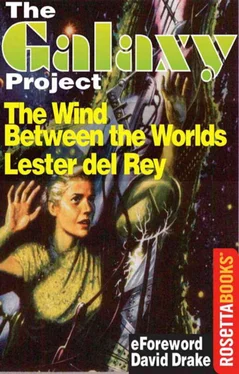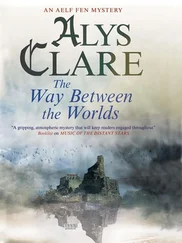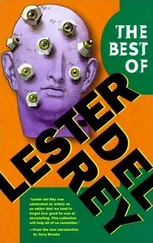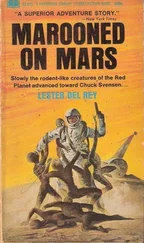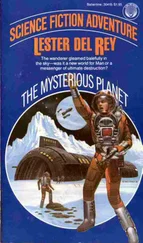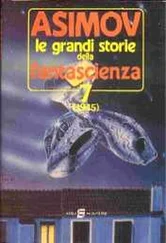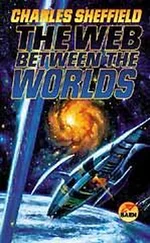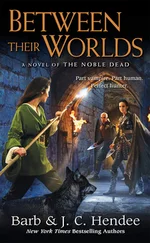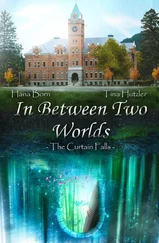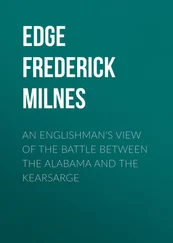The final major difference is that the crisis in Wind is the result of sabotage rather than accident as was the case in Nerves . It is not clear whether this change was del Rey’s own idea or whether it was one suggested by Gold and accepted by the author.
Herbert L Gold was a brilliant and successful editor, but he could be a difficult editor as well. According to A J Budrys, Gold literally rejected a story because he didn’t think Budrys looked like he could have written it. He was also probably the most intrusive editor in the science fiction field.
By 1959, Isaac Asimov had become so angry at Gold’s editing that he was only willing to submit a story to Galaxy under the condition that Gold would either accept or reject it as written. The animus against Gold’s methods became so general that in February 1960, Gold publically extended Asimov’s terms to all professionals: he would henceforward accept or reject any story by a professional without meddling.
This was an astounding concession in a field in which it was a given that an editor edits. I can explain it only in connection with the fact that Gold soon thereafter gave up the editorship completely as a result of PTSD from his service in the Philippines.
In the case of Wind , however, Gold did not himself do the rewriting. Del Rey says that he submitted a rough draft to Gold, who responded with many editorial directions. The bulk of these changes improved the story in del Rey’s opinion, but Gold insisted that a member of the hero’s team be one of the saboteurs. When del Rey reprinted the story in a collection of his own, he eliminated that editorial change.
The element of sabotage fits Wind ’s background emphasis on hostility to aliens and anger at the economic disruption caused by matter transmission. That said, the cause of the crisis is wildly improbable as a means of intentional sabotage (a bottle has to shatter so that a large piece flies into exactly the right spot to hold a switch open) but it is the sort of thing that could happen through sheer bad luck.
My opinion is that Gold requested the cause of the crisis be changed from an accident to sabotage, and that del Rey agreed with him. Another reader may come to the opposite conclusion on the basis of the same (lack of) evidence.
Wind gains structurally by one change forced by having only half the available wordage compared to Nerves . Del Rey reduced the length by writing a very straightforward story. Nerves has a subplot which, though well handled, turns out to be completely extraneous to the real problem and its solution. By sticking instead to his core theme, del Rey keeps the focus of Wind on the situation which threatens life not only on Earth but also on the planet at the other end of the linked matter transmitters.
Del Rey’s one dissatisfaction with Nerves was that it wasn’t the cover story of the issue in which it appeared (that honor went to a—minor—novelette by Anthony Boucher). The Wind Between the Worlds did have the cover (of the March 1951 Galaxy ). The artist, Don Sibley, isn’t a name to conjure with in the field of science fiction illustration today. When I read the issue in 1961, however, my fifteen-year-old self found the painting evocative of the cosmic immensity of the threat which the story describes.
Gold and del Rey set out to create a science fiction suspense story as effective as Nerves . Did they succeed? In the short term, no: The Wind Between the Worlds did not cause the sensation that the earlier story had. In the longer term, however, Wind holds up better than Nerves on close reading. Modern readers (or rereaders, like me) will find not only enjoyment but craftsmanship and thought-provoking questions.
In sum, The Wind Between the Worlds is a deliberate reflection of its greater predecessor; but in some ways, the reflection is better than the original image.
—David Drake
It was hot in the dome of the Bennington matter transmitter building. The metal shielding walls seemed to catch the rays of the sun and bring them to a focus there. Even the fan that was plugged in nearby didn’t help much. Vic Peters shook his head, flipping the mop of yellow hair out of his eyes. He twisted about, so the fan could reach fresh territory, and cursed under his breath.
Heat he could take. As a roving troubleshooter for Teleport Interstellar, he’d worked from Rangoon to Nairobi—but always with men. Pat Trevor was the first of the few women superintendents he’d met. And while he had no illusions of masculine supremacy, he’d have felt a lot better working in shorts or nothing right now.
Besides, a figure like Pat’s couldn’t be forgotten, even though denim coveralls were hardly supposed to be flattering. Cloth stretched tight across shapely hips had never helped a man concentrate on his work.
She looked down at him, grinning easily. Her arm came up to toss her hair back, leaving a smudge on her forehead to match one on her nose. She wasn’t exactly pretty, but the smile seemed to illumine her gray eyes, and even the metal shavings in her brown hair couldn’t hide the red highlights.
“One more bolt, Vic,” she told him. “Pheooh, I’m melting… So what happened to your wife?”
He shrugged. “Married her lawyer right after the divorce. Last I knew, they were doing fine. Why not? It wasn’t her fault. Between hopping all over the world and spending my spare time trying to get on the moon rocket they were building, I wasn’t much of a husband.”
Unconsciously, his lips twisted. He’d grown up before DuQuesne discovered the matter transmitter, when reaching the other planets of the Solar System had been the dream of most boys. Somehow, that no longer seemed important to people, now that the world was linked through Teleport Interstellar with races all across the Galaxy.
Man had always been a topsyturvy race. He’d discovered gunpowder before chemistry, and battled his way up to the atom bomb in a scant few thousand years of civilization, before he had a worldwide government. Other races, apparently, developed space travel long before the matter-transmitter, and long after they’d achieved a genuine science of sociology.
DuQuesne had started it by investigating some obscure extensions of Dirac’s esoteric mathematics. To check up on his work, he’d built a machine, only to find that it produced results beyond his expectations; matter in it simply seemed to disappear, releasing energy that was much less than it should have been, but still enough to destroy the machine.
DuQuesne and his students had rechecked their math against the results and come up with an answer they didn’t believe. This time they built two machines and experimented with them until they worked together. When the machines were operating, anything within the small fields they generated simply changed places. At first it was just across a few yards, then miles—then half around the world. Matter was transmitted almost instantaneously from one machine to the other no matter how far apart they were.
Such a secret couldn’t be kept, of course. DuQuesne gave a demonstration to fellow scientists at which a few reporters were present. They garbled DuQuesne’s explanation of electron waves covering the entire universe that were capable of identity shifts, but the accounts of the actual experiment were convincing enough. It meant incredibly fast shipping anywhere on the globe at an impossibly low cost.
The second public demonstration played to a full house of newsmen and cold-headed businessmen. It worked properly—a hundred pounds of bricks on one machine changed place with a hundred pounds of coal on another. But then…
Читать дальше
